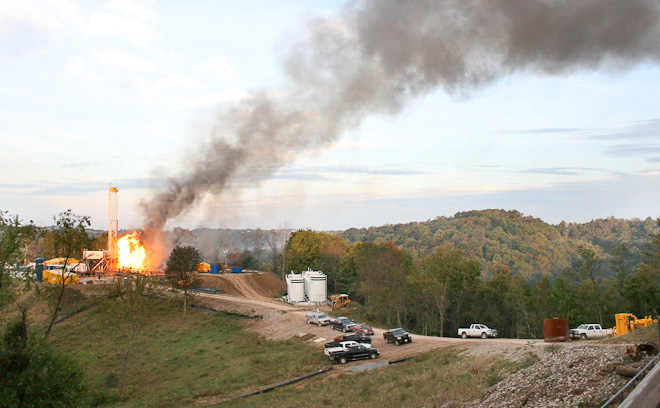

EPA Administrator Michael Regan has an opportunity to protect those living closest to development by adopting strong, comprehensive rules that require inspections at all well sites and ban routine flaring,” said Maite Arce of the Hispanic Access Foundation.īy combining data on active oil and gas well locations with census data, EDF researchers quantified the characteristics of communities living near them, then performed cluster analyses to develop an index to explore the overlaps of different groups living in high density areas. “Hispanic communities are disproportionately affected by oil and gas pollution in many counties across California, New Mexico and Texas. We need to ensure that the federal EPA adopts strict, comprehensive air pollution rules that will help protect overburdened communities at the fence lines of oil and gas operations.” “Navajo communities are located across a patchwork of federal, state and tribal lands where drilling affects public health and climate. “Spills, leaks, venting and flaring are taking a toll on our air, water and health, and rural communities, tribal communities, children and the elderly are especially at risk,” said Ahtza Dawn Chavez of the NAVA Education Project. “This is why the EPA must build from the approaches states like New Mexico are taking and finalize strong, comprehensive rules that include key provisions like frequent leak inspections even at smaller wells.” can bear the brunt of oil and gas waste and pollution,” said Oriana Sandoval of the Center for Civic Policy. “This study highlights how overburdened communities in New Mexico and across the U.S. These findings illustrate the importance of strong policy approaches to protect historically vulnerable frontline communities from the harmful impacts associated with oil and gas production. The authors also identified counties where higher population shares of people who have been historically marginalized live within 1 mile of active wells than compared to the population for the wider county. Almost 19% of Texans and 15% of Pennsylvanians live near active wells. For example, in West Virginia and Oklahoma, more than half of the states’ residents live near wells (50.9% and 50.1% respectively), while more than a quarter (25.9%) of Ohio residents live within a mile of oil and gas wells. In several states, large percentages of the total population live within one mile of oil and gas wells. People who live near oil and gas operations are at an increased risk of exposure to contaminated groundwater and air pollution. Many of these clusters are concentrated in three regions with their own unique demographic characteristics: California, the Southwest (San Juan, Eagle Ford and Permian Basins in Texas and New Mexico) and Appalachia.

The authors identified 41 different clusters in the country with both high well density and a large degree of overlap among people who have been historically marginalized and often find themselves more exposed and vulnerable to environmental impacts.

“It also highlights the importance of comprehensive policies needed to help protect frontline communities from pollution.” “This research puts numbers on what many residents living near wells have long voiced,” said Jeremy Proville, Director in the Office of the Chief Economist and the study’s lead author. (NEW YORK) New research from Environmental Defense Fund published today in Population and Environment explores the demographics of people living near active oil and gas wells, finding that nearly 18 million individuals live within 1 mile of these, including disproportionately large numbers of communities of color, people living below the poverty line, older individuals and young children in many counties with active drilling across the US.


 0 kommentar(er)
0 kommentar(er)
